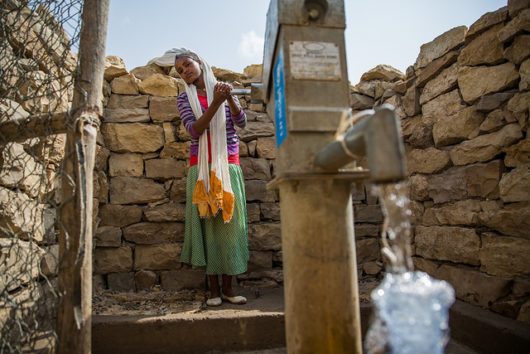 As conflicts in Libya move towards the capital, Tripoli, humanitarian organizations are working to help refugees in Tripoli. Thousands of residents in Tripoli are deserting their homes as the impending fighting poses safety concerns.
As conflicts in Libya move towards the capital, Tripoli, humanitarian organizations are working to help refugees in Tripoli. Thousands of residents in Tripoli are deserting their homes as the impending fighting poses safety concerns.
Since the toppling of Muammar Gaddafi’s regime in 2011, factions in Libya have battled for control of the country. The Libyan National Army (LNA), led by commander Khalifa Haftar is on the march to take territory from the internationally recognized government of Prime Minister Fayez al-Serraj. Now the LNA is moving closer to Tripoli, at times as close as seven miles south of the city.
The international community, such as the United Nations (U.N.), the U.S. government, and the European Union (EU) are concerned about Tripoli. In fact, these organizations are appealing for a ceasefire to avoid a bloody battle for the Libyan capital. The U.N. Secretary-General, Antonio Guterres, told reporters “We have a very dangerous situation and it is clear that we absolutely need to stop it.” U.N. workers have been meeting with faction members in an attempt to bring together a peace process that eventually results in elections.
Increasing Refugees in Tripoli
Meanwhile, refugees in Tripoli, many of whom were in detention centers, are moving away from the capital to safe zones. The U.N. High Commission on Refugees (UNHCR) has already relocated more than 150 refugees.
In general, Libya is a major transit point for refugees from Africa trying to relocate to Europe. As a result of the conflicts in Tripoli, migration to Europe is increasing, as displacement is also increasing. In total, the U.N. reports 6,000 displaced peoples from Tripoli.
Humanitarian Efforts Addressing Food Stability
The U.N. is increasing the humanitarian response to help refugees in Tripoli. So far, 58 families have been evacuated. Additionally, the U.N. has established 12 shelters across Tripoli. They are working with the municipalities to find spaces for additional facilities. They anticipate that as the frontline shifts, some shelters will end up inside the conflict zone.
Together, the U.N. and the World Food Program (WFP), has collected enough food supplies to sustain 80,000 people for two weeks. That being said, as part of the Rapid Response Mechanism (RRM), the WFP and other humanitarian partners are planning to distribute two-week dry rations to 100 displaced households.
Humanitarian Efforts Addressing Health
The U.N. has medical supplies stockpiled in four sites to provide treatment for up to 210,000 people. Six EMT teams are working across Libya to assist various hospitals. So far 15 civilian casualties have been recorded and verified by the U.N. A branch of the U.N., the U.N.’s Water Sanitation and Hygiene team (WASH) have hygiene kits stocked for up to 24,000 people.
Similarly, the World Health Organization (WHO) is providing field hospitals, ambulances, and medical supplies. Dr. Sayed Jaffar Hussain, the WHO representative in Libya, implored the global humanitarian community to help, saying, “We fear that prolonged conflict will lead to more casualties, drain the area’s limited supplies and further damage health infrastructure… We call on the international community to ensure adequate funding to support the current crisis.”
U.N.’s WASH is also working on the logistics of treating, storing and transporting water to different areas of Tripoli. Addressing these goals include utilizing collapsible water tanks, water trucks and purifying tablets. They are also working to negotiate with armed groups for the protection of water shipments, advocating that water should not be used as a weapon.
Humanitarian Efforts Addressing Safety
UNICEF is monitoring detention centers and providing child protection services. Additionally, the U.N.’s Population Fund (UNFPA) is providing safe spaces and psycho-social support to help prevent gender-based violence and provide treatment for victims.
In unison, the International Organization for Migration (IOM) is working with the U.N. to find places for displaced people. In addition, the IOM and the U.N. are helping some families set up private accommodations or relocate to family members.
The safety and well being of refugees in Tripoli are progressing, as the conflict rages closer to the Lybian capital. However, as the international humanitarian community recognizes Libya’s need for aid, they are working to prepare a multi-faceted response to help those in need.
– Peter S. Mayer
Photo: Flickr
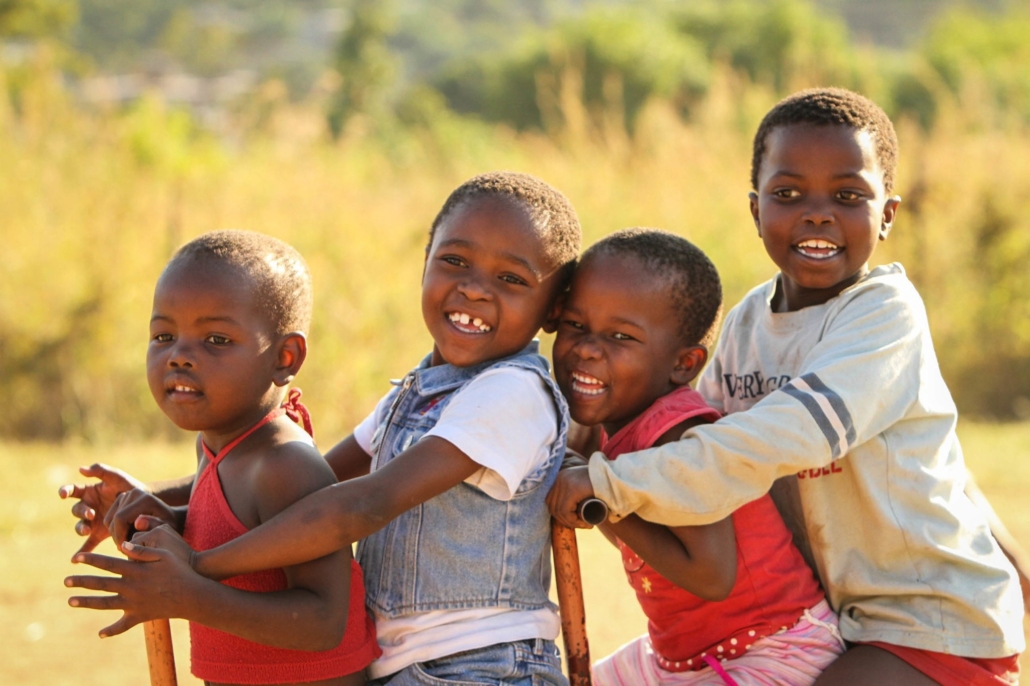


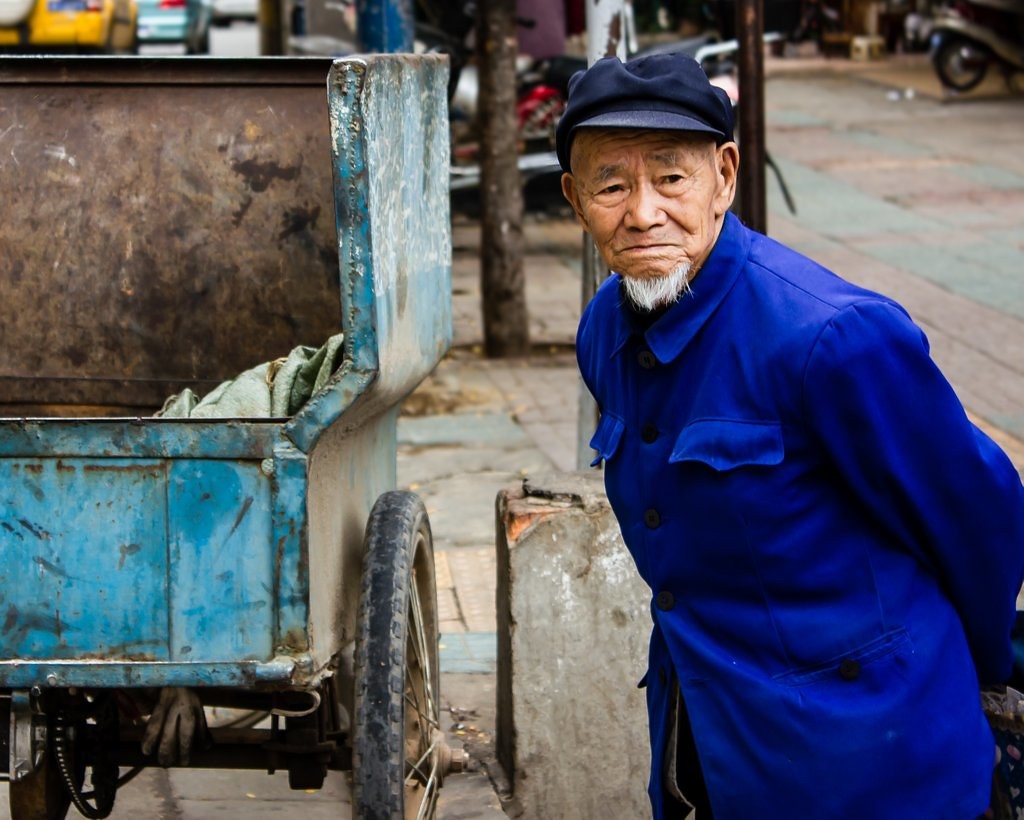
 More than
More than 
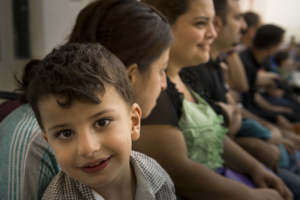
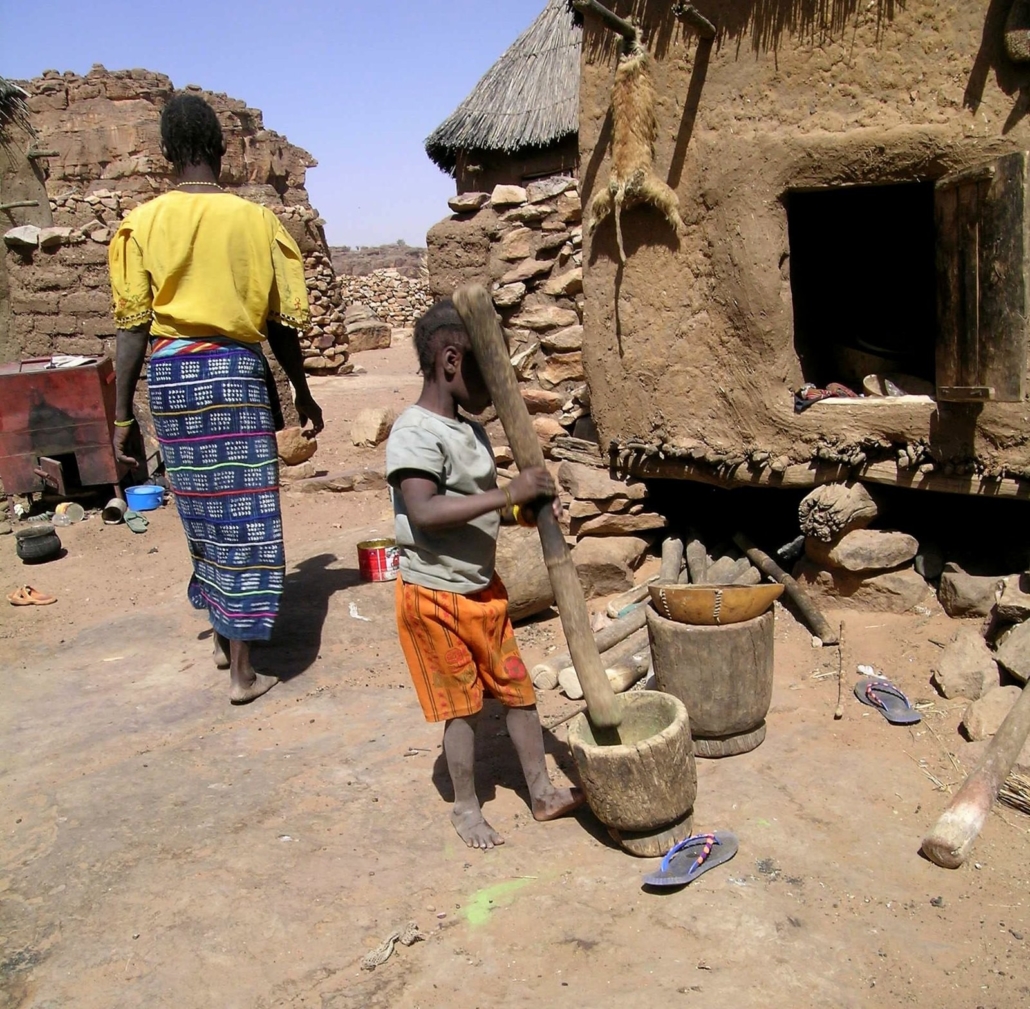
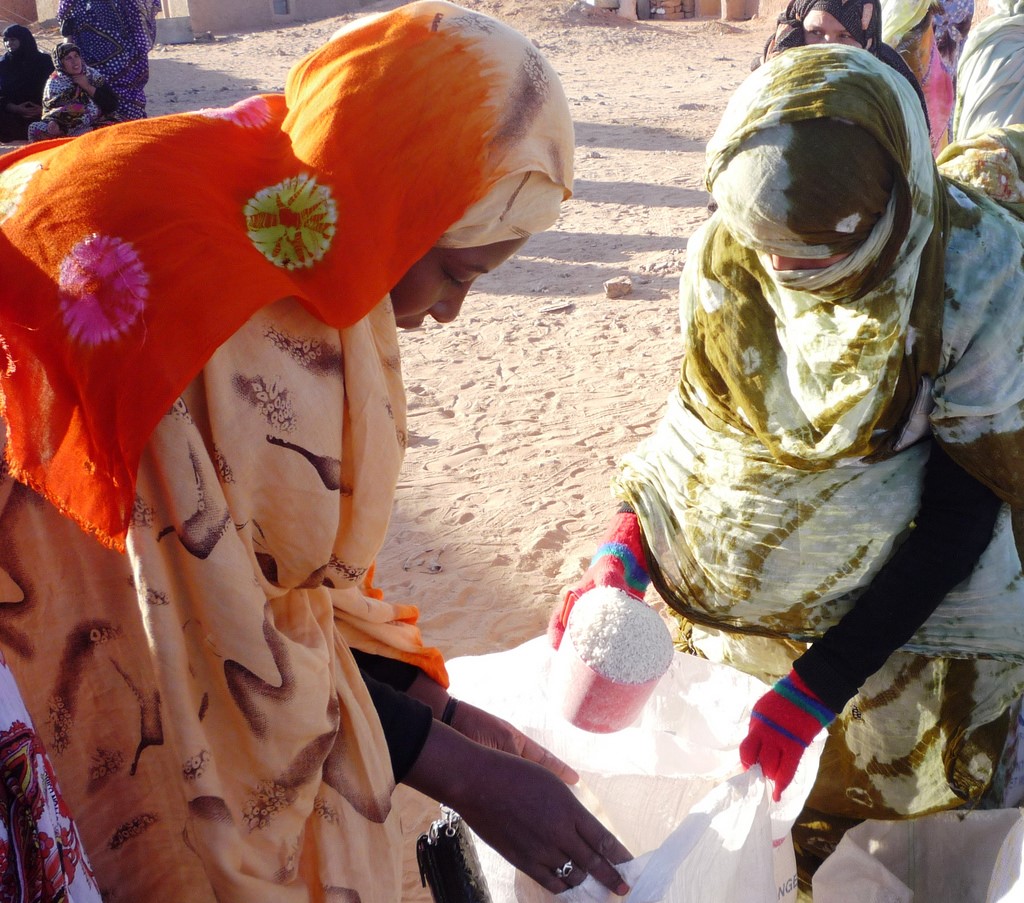
 As conflicts in Libya move towards the capital, Tripoli, humanitarian organizations are working to help refugees in Tripoli. Thousands of residents in Tripoli are deserting their homes as the impending fighting poses safety concerns.
As conflicts in Libya move towards the capital, Tripoli, humanitarian organizations are working to help refugees in Tripoli. Thousands of residents in Tripoli are deserting their homes as the impending fighting poses safety concerns.